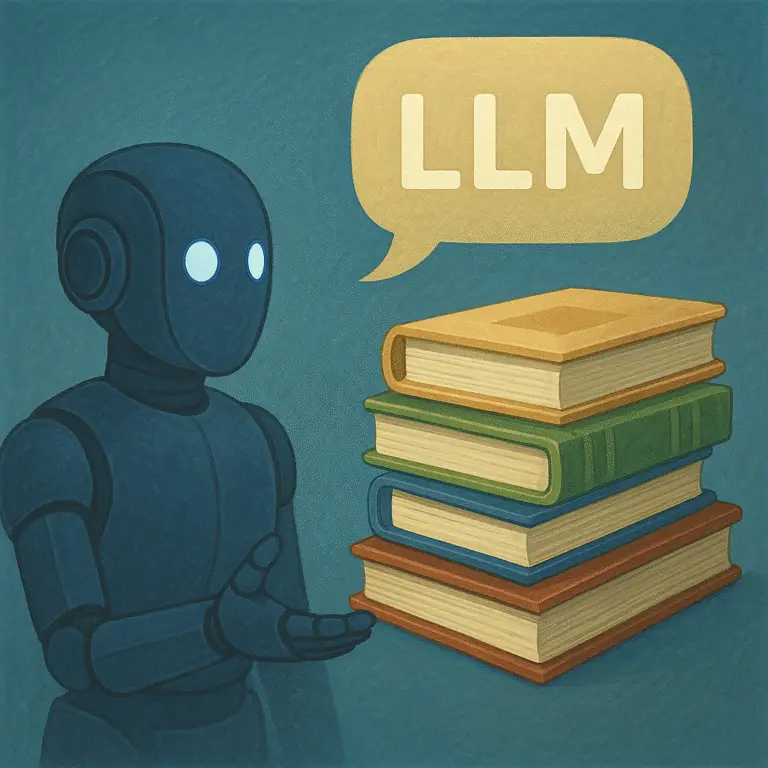
In the world of Artificial Intelligence, one of the most talked-about breakthroughs in recent years is the rise of Large Language Models (LLMs). From generating essays and code to translating languages and creating art, these models are reshaping how we interact with machines.
But what exactly are they? How do they work? And why should you care?
Let’s break it down in simple terms.
Understanding the Basics
Large Language Models are AI systems trained to understand and generate human language. They’re called “large” because they are trained on massive amounts of text data — books, websites, conversations, articles, and more.
Think of them like super-intelligent word predictors. If you’ve ever used your phone’s autocorrect or Gmail’s Smart Compose, you’ve already seen a primitive form of this in action. LLMs take that idea to a whole new level.
How Do They Work?
At the heart of an LLM is a concept called a “neural network,” loosely inspired by how the human brain works. These networks learn the patterns and structures of language over time.
Here’s a simplified view:
- The model is shown billions of sentences.
- It learns how words and phrases usually follow each other.
- When you type a prompt, it predicts the most likely next words based on its training.
For example, if you write “The train was late because…”, an LLM might complete the sentence with “…of heavy rains” or “…of signal failure” — based on common usage.
Popular Examples of LLMs
- ChatGPT: Developed by OpenAI, it can chat, write, explain, and even code.
- Google Bard: Focuses on information access and summarization.
- Claude: Known for its safety-focused design.
- Bhashini: An India-led project focusing on Indian languages and accessibility.
These models are increasingly being integrated into search engines, chatbots, and even exam prep tools.
Use Cases You Can Relate To
1. Education and Learning
LLMs can simplify complex topics, generate study notes, and even quiz you.
2. Content Creation
From blog posts to YouTube scripts and product descriptions, LLMs are like having a writing assistant on call.
3. Coding and Tech Support
Tools like GitHub Copilot help developers write code, while non-techies can use LLMs to create websites or automate tasks.
4. Customer Support
Many businesses now use LLM-powered chatbots to reduce response time and improve service quality.
5. Language Translation
LLMs can break language barriers by offering accurate and contextual translations.
Concerns Around LLMs
While powerful, LLMs also raise important concerns:
- Hallucinations: They sometimes generate incorrect or misleading information.
- Bias: If trained on biased data, they may reproduce harmful stereotypes.
- Plagiarism: Students or professionals might misuse them for unethical purposes.
Responsible use is key.
What Makes Them Special?
Unlike earlier AI tools that were rule-based or task-specific, LLMs are flexible. They can write a poem, draft an email, translate a sentence, or summarize a legal document — all with the same underlying model.
This versatility makes them game-changers.
Final Thoughts
Large Language Models are not just tech trends — they are powerful tools that are quietly revolutionizing how we write, learn, work, and communicate. By understanding what they are and using them wisely, you gain an edge in a world that’s rapidly evolving.
So, the next time you interact with a chatbot or auto-suggestion feature, know that you’re engaging with a marvel of modern AI — a large language model.


